Millennials interested in classic vintage cars are likely to pass on these 20 models. These classic cars are more likely to appeal to wealthy collectors than millennials because of sky-high prices, rare parts, safety concerns, or fuel inefficiency.
1963 Aston Martin DB5

The 1963 Aston Martin DB5 is famous for being James Bond’s car of choice in 1964’s Goldfinger. The British classic car is praised for its elegant design, but it can cost hundreds of thousands of dollars today, limiting its appeal to millennials.
1967 Chevrolet Impala
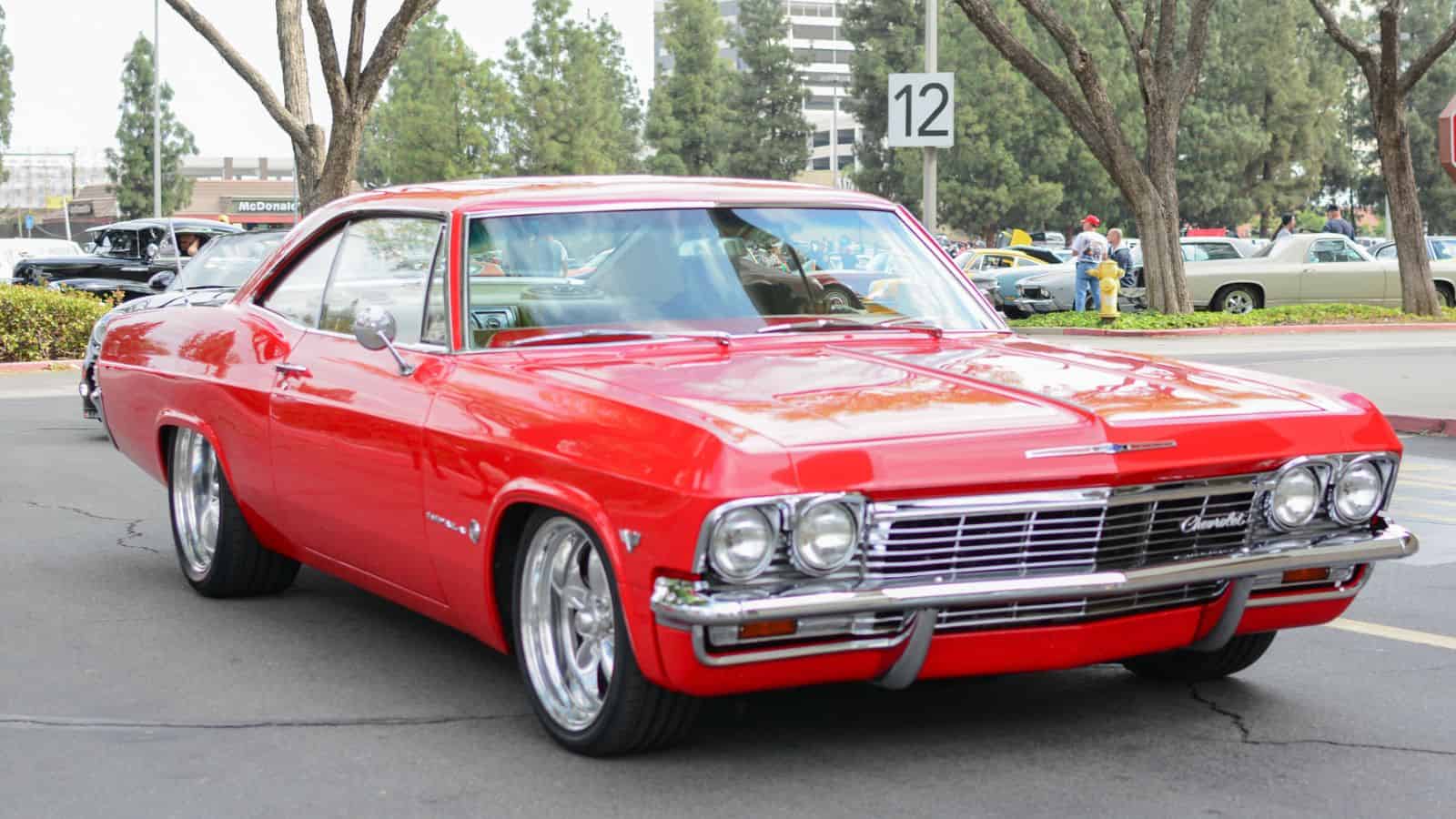
The 1967 Chevrolet Impala is a classic full-size car beloved for its spaciousness and Coke bottle styling. A black Impala, nicknamed “Baby,” famously appeared in CW’s Supernatural in the 2000s and 2010s, but environmentally conscious millennials are likely to pass on buying one.
1957 Chevrolet Bel Air

The Chevrolet Bel Air is an icon of 1950s American automotive design, praised for its chrome accents, tail fins, and distinctive grille. General Motors argues, “Over the years, these popular cars have become one of the most desirable and collectible post-war cars of all and an icon for a generation.” However, their high price tags and maintenance costs make them unattainable for most millennials.
1959 Cadillac Eldorado

The 1959 Cadillac Eldorado is loved for its dramatic tailfins, dual bullet tail lights, and luxurious interior. However, its inefficient fuel economy is a significant drawback for environmentally conscious millennials.
1955 Mercedes-Benz 300SL

The 1955 Mercedes-Benz 300SL is a highly elegant vintage sports car, prized for its gull-wing doors and innovative fuel injection technology. They regularly sell for over $1 million, which is entirely out of reach for the average millennial.
1949 Oldsmobile Rocket 88

The 1949 Oldsmobile Rocket 88 is a historic vehicle considered the first muscle car due to its high-compression V8 engine. It’s relatively inexpensive for a classic car, but the rarity of its parts and the specialized maintenance knowledge required for its upkeep make it an unlikely choice for millennials.
1973 Pontiac Firebird Formula
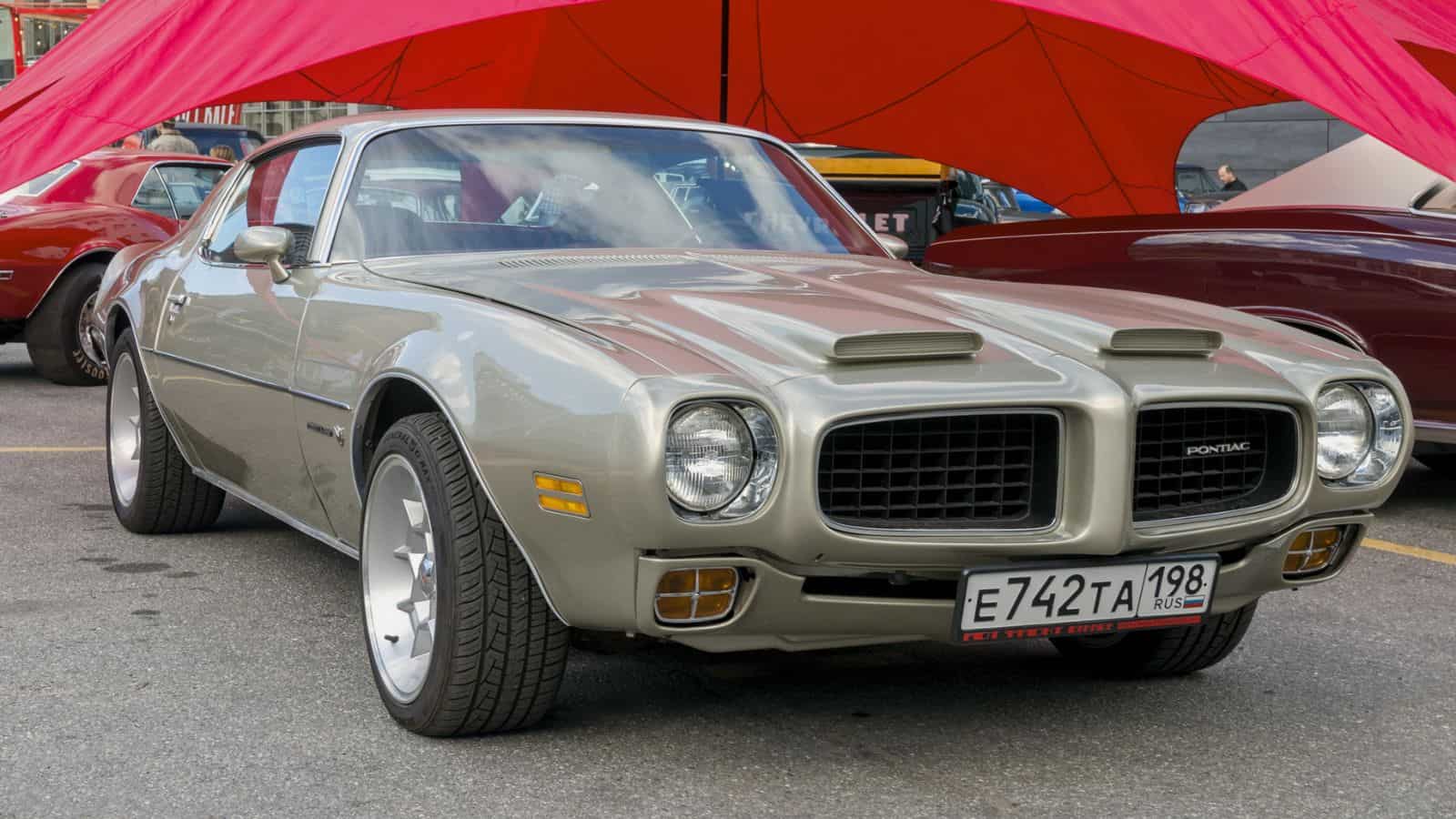
The 1973 Pontiac Firebird Formula has been a favorite among muscle car enthusiasts for over half a century. How Stuff Works explains that the car “was one of the last muscle cars not affected by government-mandated emission standards.” However, its fuel inefficiency and lack of modern safety features are likely to put off most millennials.
1962 Jaguar E-Type
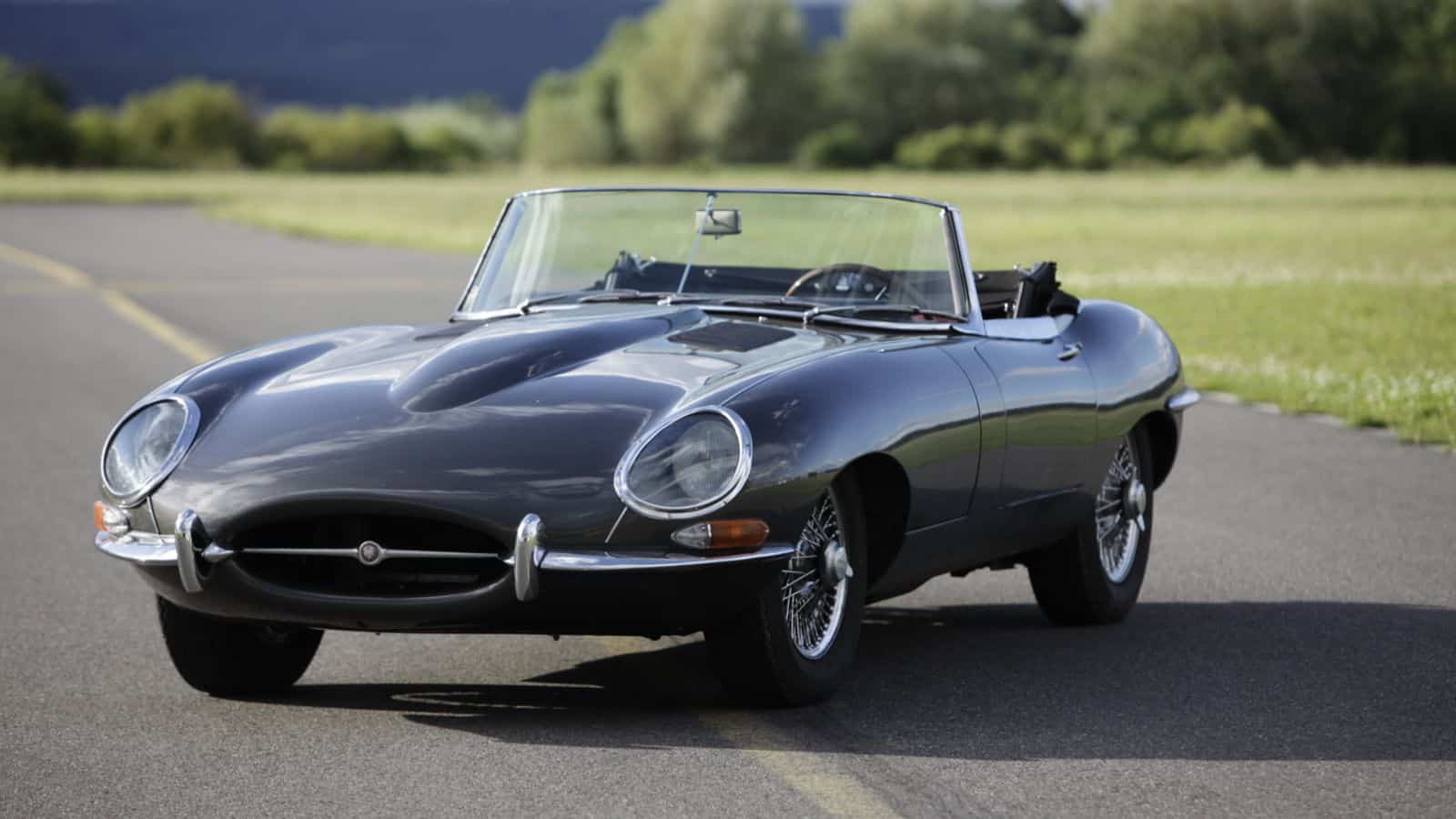
The 1962 Jaguar E-Type is widely considered to be one of the most beautiful cars ever made and a symbol of British sports car heritage. Its high price of over $100,000 and rarity make it more of a car to admire than own for most millennials.
1966 Alfa Romeo Spider

The 1966 Alfa Romeo Spider was famously Dustin Hoffman’s car in The Graduate and is a favorite among classic car enthusiasts. However, it’s highly prone to rust, and the high restoration costs of most units are likely to put off millennials.
1970 Volkswagen Beetle
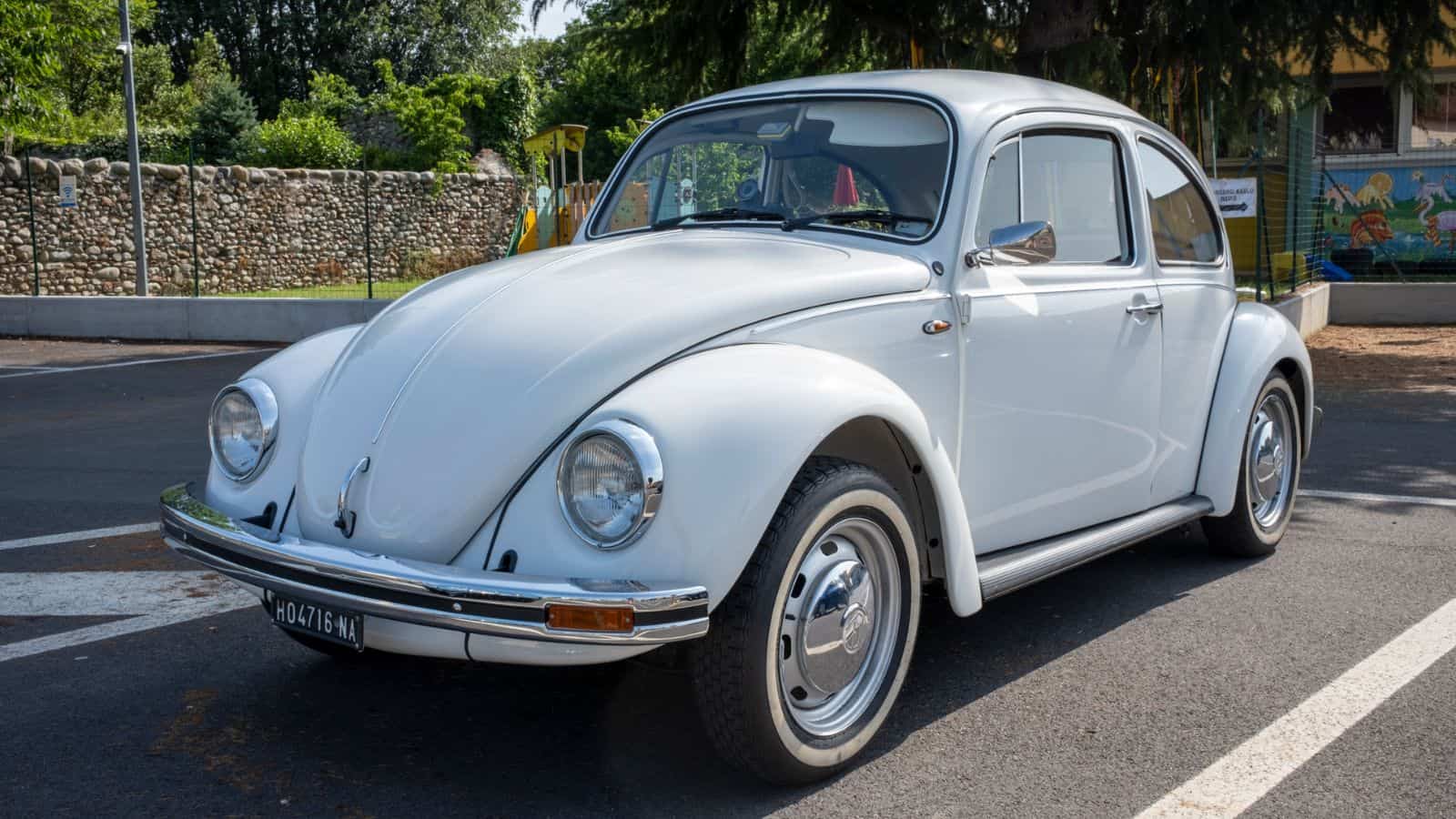
The Volkswagen Beetle symbolized 1960s counterculture and is famous for its distinctive shape. Car and Driver explains that the 1970 Beetle had a bigger engine than previous models, with engine displacement “rising to 1585 cc and bringing horsepower to 57.” While they’re fairly inexpensive, millennials will likely pass on them unless they’re Beetle enthusiasts.
1974 Ford Pinto

The 1974 Ford Pinto’s compact size was initially a celebrated selling point, but the Pinto models are now infamous for catching fire in rear-end collisions. The possibility of such a dangerous event puts most millennials off buying a Pinto.
1953 Buick Roadmaster Skylark

The original Buick Skylark is a hugely popular model among collectors and vintage car enthusiasts. Its limited production of only 1,690 units makes it incredibly rare, expensive, and unobtainable for most millennials.
1968 Plymouth Barracuda

This two-door pony car is widely praised for its distinctive design and is a favorite among muscle car enthusiasts. It’s relatively inexpensive, but its poor fuel efficiency makes it undesirable for most millennials for daily use.
1969 Dodge Charger
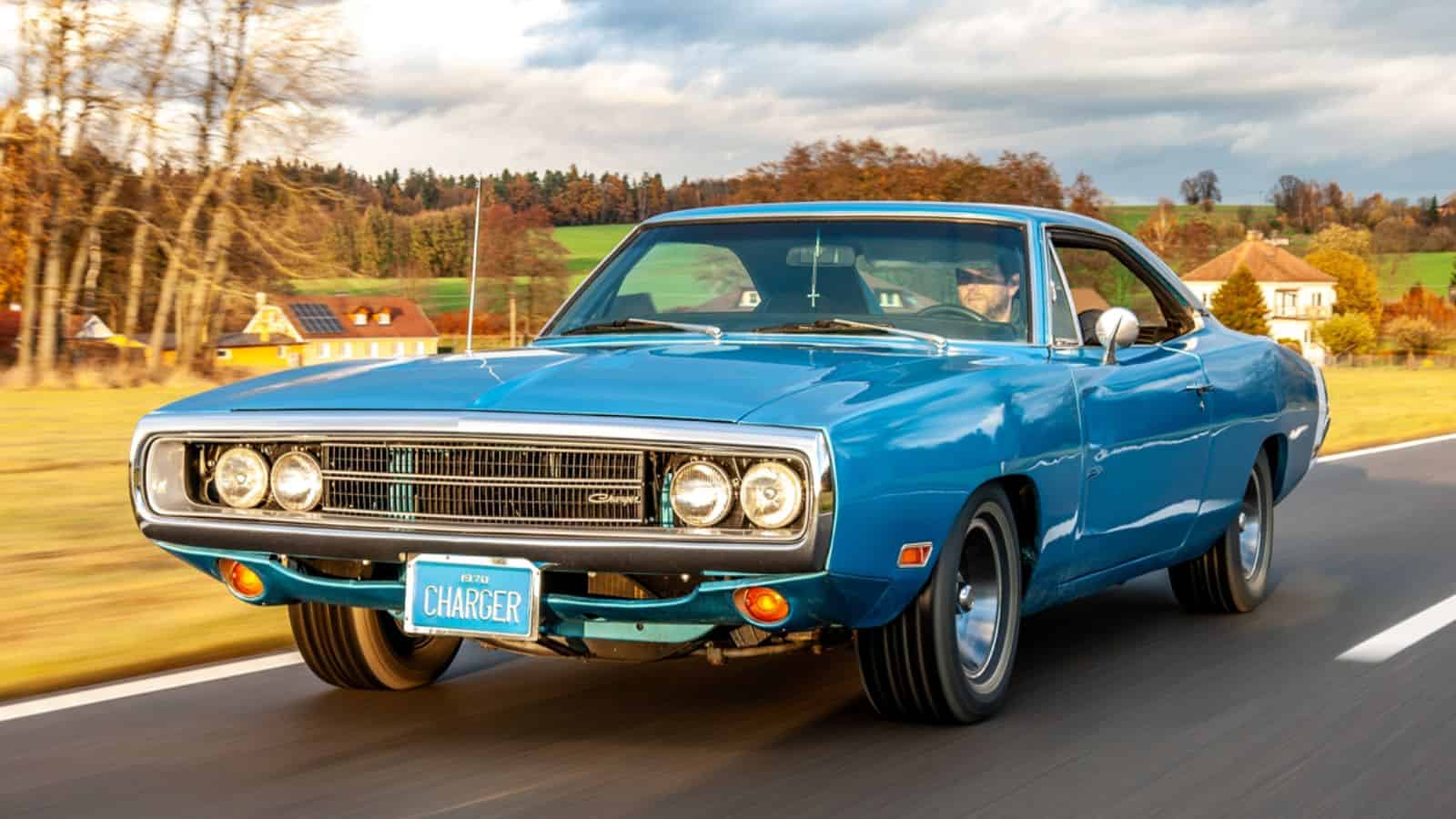
The Dukes of Hazzard immortalized the 1969 Dodge Charger, a favorite among vintage car enthusiasts. Hemmings argues that the 1969 Charger “possesses a venerable character that will never go out of style” and is a solid investment. However, its high fuel consumption and rare, expensive spare parts keep it out of reach for most millennials.
1950 Studebaker Champion

The 1950 Studebaker Champion was an economic post-war vehicle popular in the 1950s. Its bullet-nose front design makes it instantly recognizable, but millennials who are used to reliable cars are likely to say no to buying one.
1970 Datsun 240Z
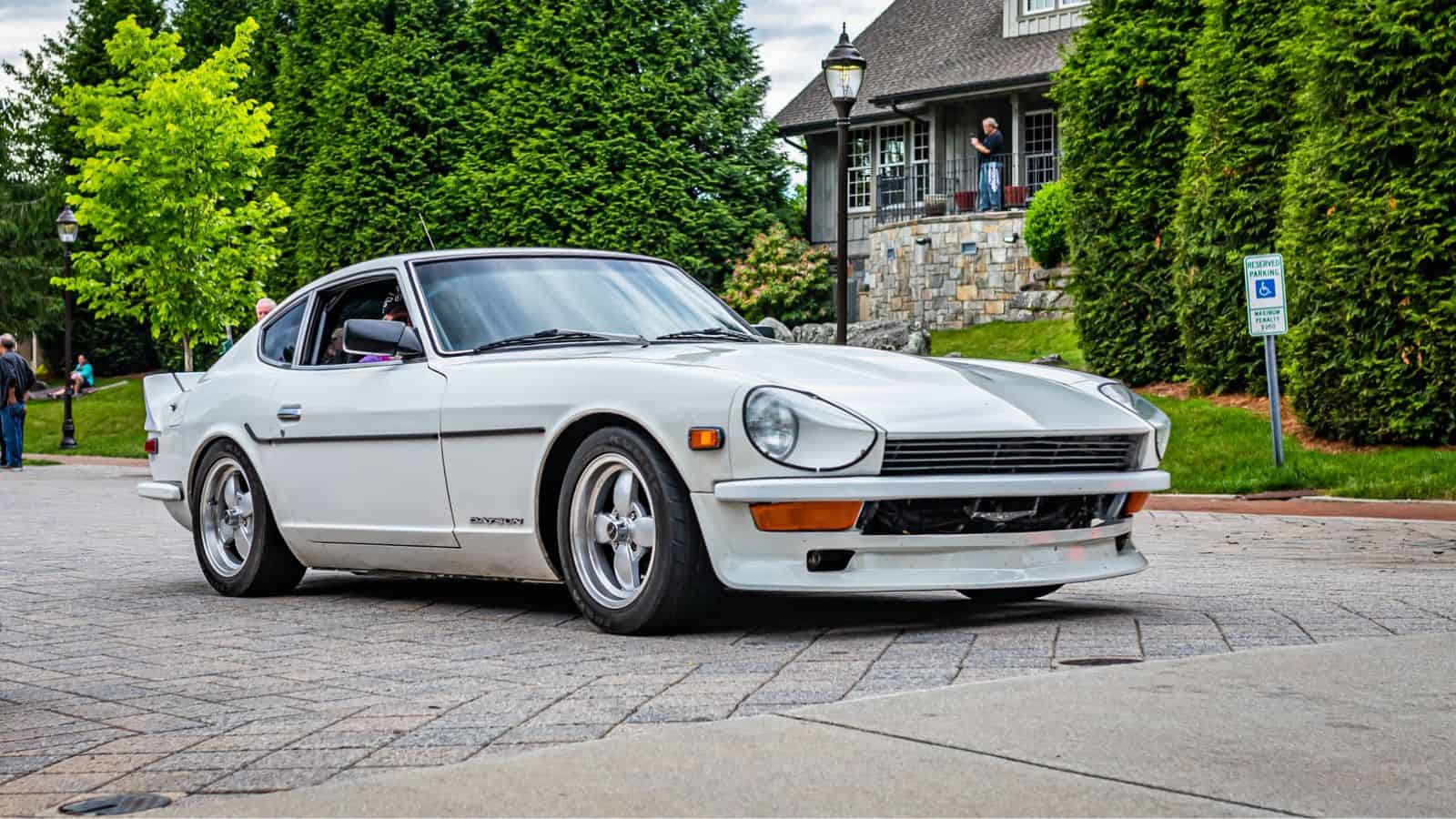
The 1970 Datsun 240Z introduced Japanese sports cars to the American market, and it was praised for its balance of performance and affordability at the time. However, the difficulty in finding original parts and the high price tag today can be off-putting to millennials.
1958 Edsel Corsair
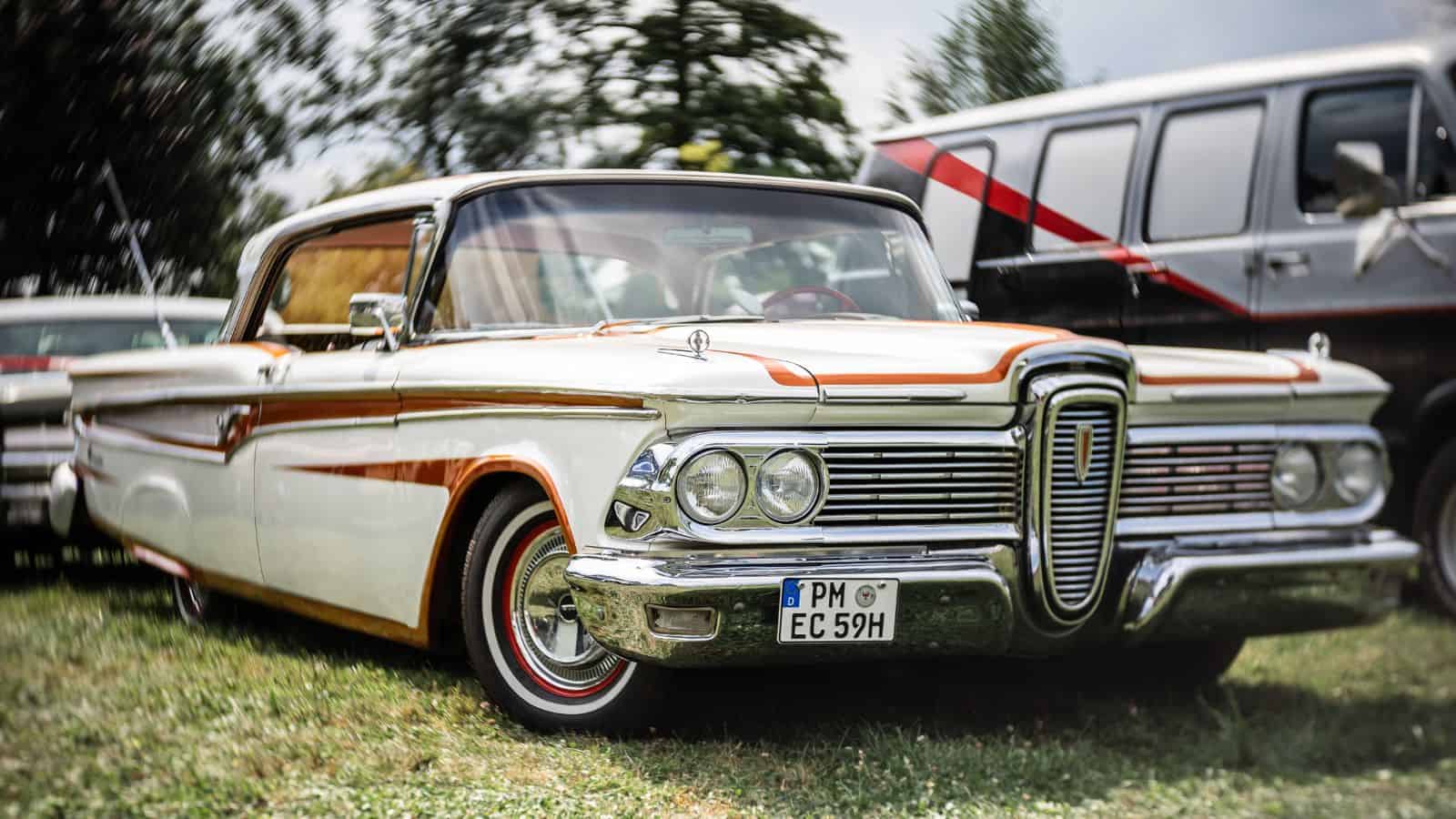
The Edsel Corsair is famous for being one of the car industry’s biggest flops. Fewer than 10,000 units of the 1958 model were produced, making spare parts incredibly rare. Most millennials would also be uninterested in its Teletouch automatic transmission.
1965 Ford Mustang

The 1965 Ford Mustang is a favorite of American muscle car fans. Hagerty explains that Ford made “making the Mustang unique to each customer” simple by offering “a wealth of colors and optional equipment.” Several high-performance versions have since become collectibles, but most millennials tend to opt for safer, more eco-friendly cars.
1964 Chevrolet Corvair

The 1964 Chevrolet Corvair is notable for its rear-engine layout and air-cooled engine and was praised at the time for its innovative engineering. However, models made before 1965 are infamous for their dangerous oversteer, making them unappealing to millennials.
1976 Triumph TR6

This classic British roadster finished production in 1976 and is known for its robust inline-six engine and sporty handling. However, its need for frequent maintenance and reliability issues are likely to deter most millennials.
